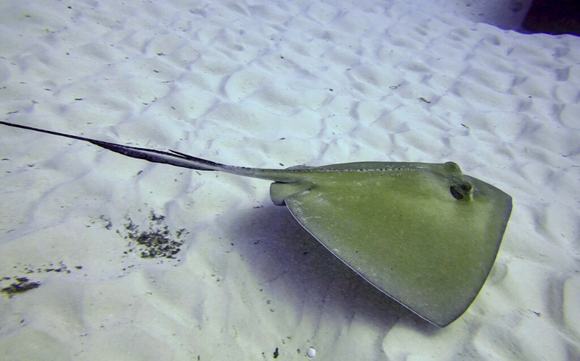Cancun, Quinatan Roo, (January 11, 2022).- At least 85 species of the shark and ray family inhabit the Mexican Caribbean, but only six of these are under the protection of the Official Mexican Standard 059-Semarnat-2010.
Pilar Blanco, a researcher at the University of Quintana Roo, recently published a study that shows an overview of the status of sharks and rays in the region.
“It was thought that there were 25 species of sharks and rays, we have updated that data and found that there are 85 ,”
Pilar Blanco researcher at the University of Quintana Roo
Of these, at least 20 are included in the Red List of threatened species of the International Union for the Conservation of Nature, but they do not have protection in Mexico.
The main objective of the study was to identify the marine fauna susceptible to conservation and to point towards the design of adequate public policies.

Endangered Caribbean species
Diving companies and fishermen were involved in the monitoring program to collect information on the species. Among those in critical danger are:
- The hammerhead shark.
- Stingrays.
- The bull shark.
“They are marine resources that are used for both tourism and fishing, and therefore are very important for the local economy, so it is very important that there is a conservation agenda”.
Pilar Blanco researcher at the University of Quintana Roo
For example, two species of hammerhead shark in the Mexican Caribbean, she explained, are in critical danger of extinction, but are not protected under any regulation in the country.
For academia, generating conservation strategies requires several synergies, since it is not enough to include more species in the regulations, but also to guarantee their protection in practice.
For her, one of the urgent measures is public investment in research, in order to analyze, evaluate and propose more precise policies.
She also mentioned that communication with coastal communities that depend on marine resources is necessary since modifying local economies is a process and alternatives are required for the population.
Source: Sipse
TYT Newsroom
The Yucatan Times Newsroom


